Has the intelligence of new energy vehicles already surpassed our driving needs? While the intelligent development of new energy vehicles has surpassed basic driving needs in certain functionalities, it has not completely deviated from actual needs. Instead, through technological iteration and scenario integration, it has redefined users’ expectations for safety and efficiency.
From a safety perspective, intelligent technologies are addressing the physiological limitations of human driving. The Automatic Emergency Braking System (AEB) uses millimetre-wave radar and camera fusion sensing to trigger braking within 0.1 seconds when the driver’s reaction is delayed, whereas the average human reaction time is approximately 0.7 seconds. This reduces the risk of accidents caused by lane departure by over 80%, making it a critical solution based on real-world accident data.
In terms of efficiency, intelligent technology is reshaping travel scenarios. Take navigation-assisted driving as an example. The system uses high-precision maps and real-time traffic analysis to autonomously select the optimal lane, change lanes, and even plan charging stations in advance. In congested areas, the system uses vehicle-road collaboration technology to receive traffic light countdown information and dynamically adjust speed to reduce the number of stops and starts.
In terms of experience, intelligent technology is creating new demand scenarios. Voice interaction systems support multi-dialect and multi-intent recognition, allowing drivers to complete navigation, air conditioning adjustments, and other operations without distracting themselves from the road. Remote control functions allow users to preheat the battery and adjust the cabin temperature via a mobile app, reducing battery energy consumption by 20% in winter.
Some models equipped with facial recognition and gesture control features have been criticised for being ‘technology for technology’s sake’ due to low usage frequency. However, it is important to recognise that such innovations often stem from automakers’ forward-looking planning for future scenarios. Biometric recognition technology could be integrated with health monitoring in the future, enabling the vehicle to automatically take control in the event of a driver’s sudden illness.
Has the intelligence of new energy vehicles already exceeded our driving needs? The intelligence of new energy vehicles has not deviated from the essence of user needs but has instead elevated the three core demands of ‘safety, efficiency, and experience’ to new heights through technological integration. As technology evolves and application scenarios deepen, intelligence will ultimately return to its user-centric essence.

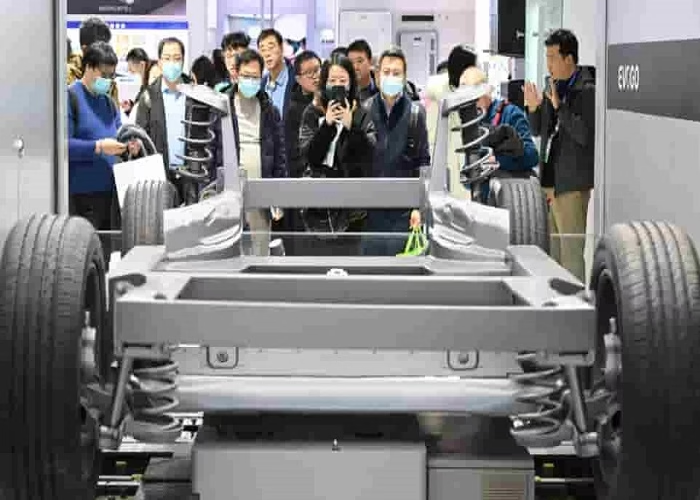





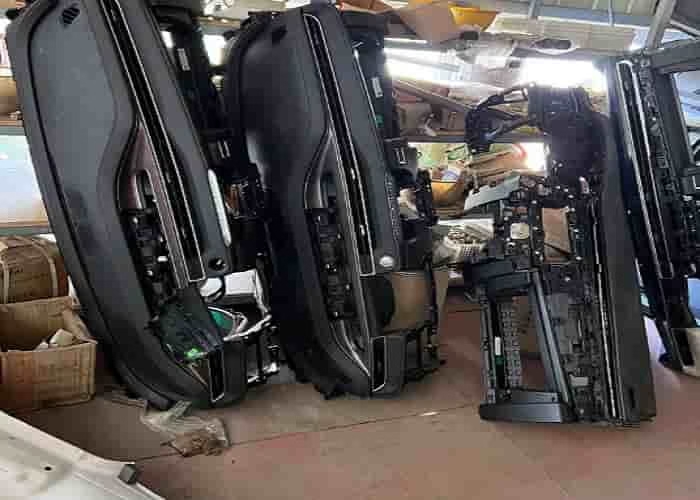
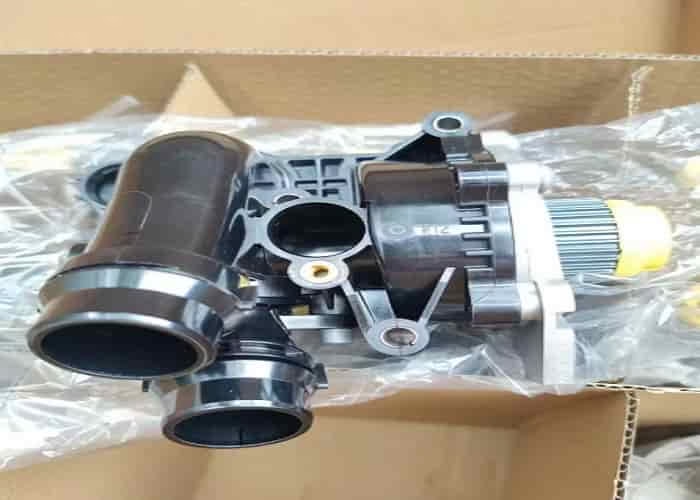
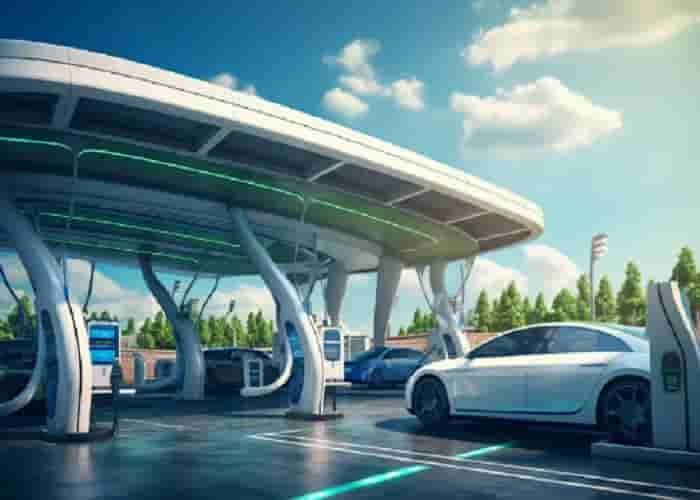
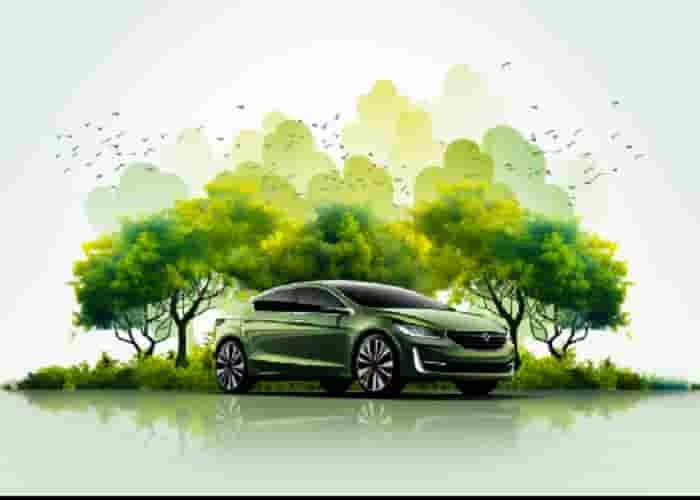
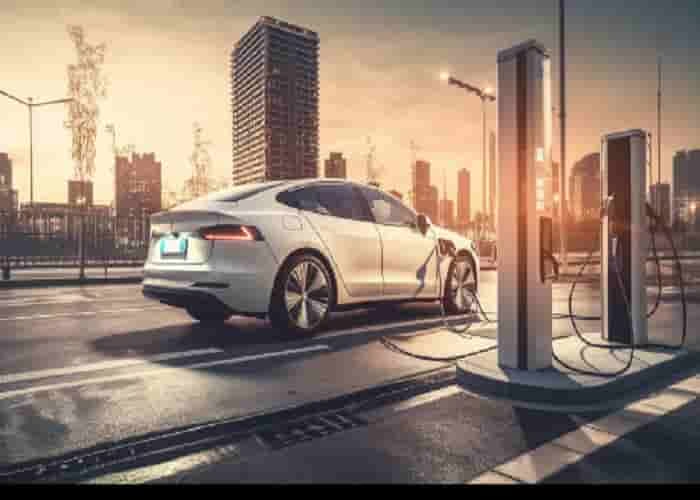



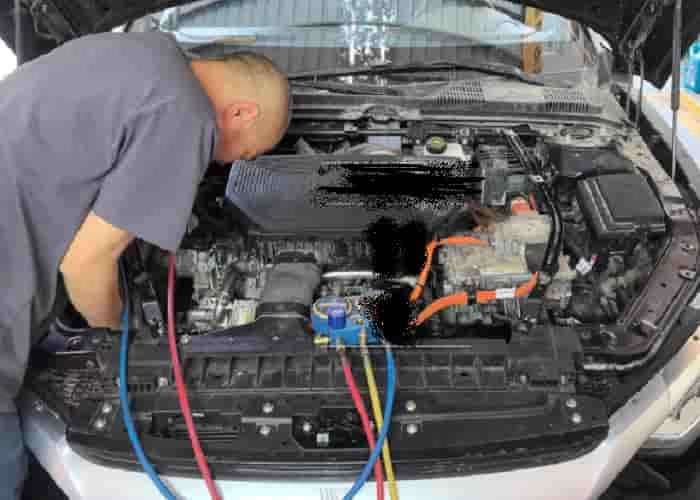
Leave a Reply